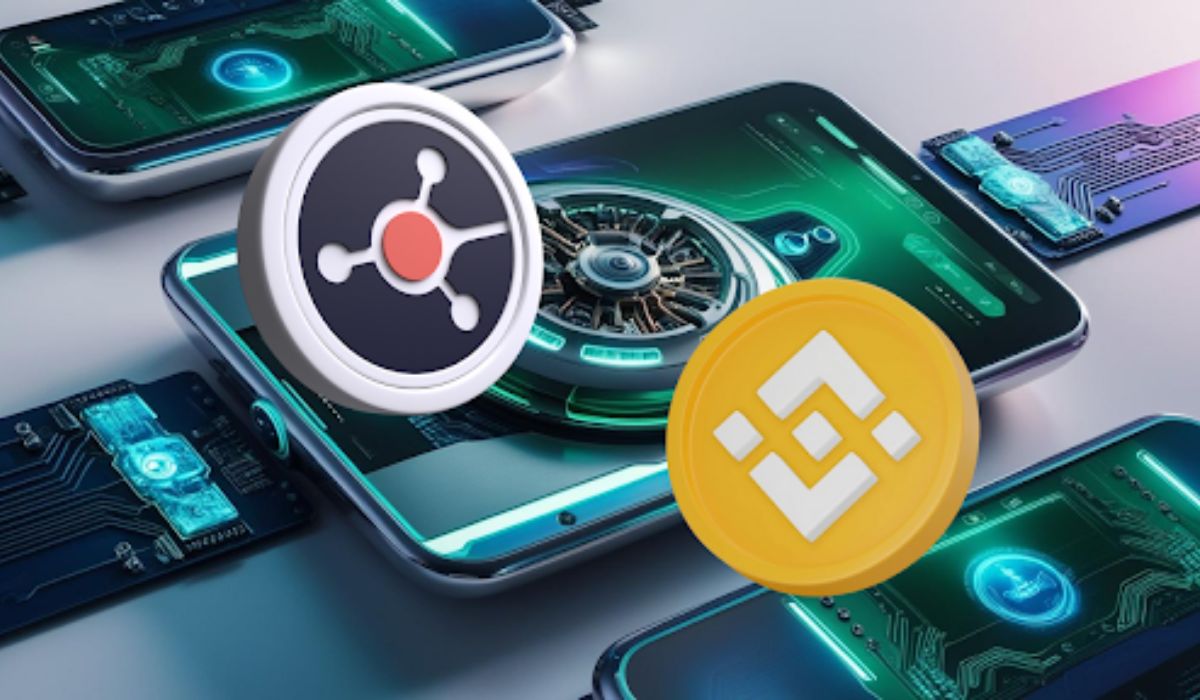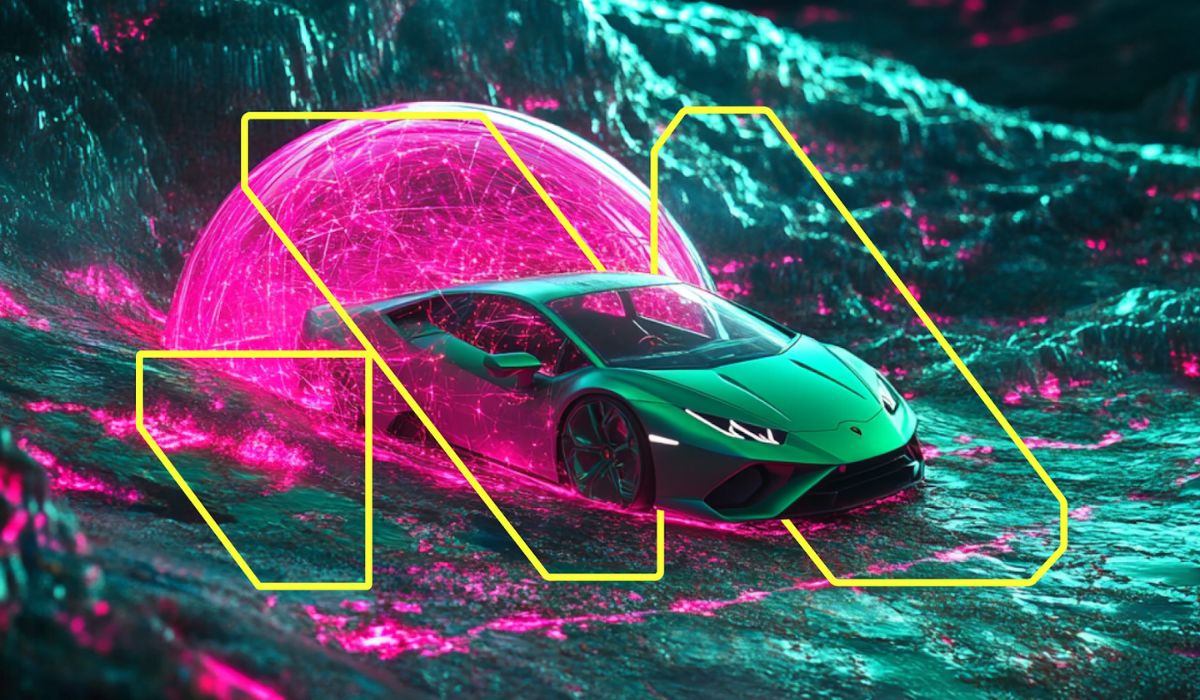ARTICLE AD BOX

- Tether launched QVAC, a decentralized AI platform that runs directly on user devices without relying on cloud infrastructure.
- QVAC integrates Bitcoin and USDT transactions, enabling AI agents to perform tasks like payments or translations locally and privately.
Tether has announced QVAC (QuantumVerse Automatic Computer), an AI platform designed to run directly on users’ devices, without relying on the cloud or central servers. Imagine if the AI assistant on your phone could translate, analyze, or even monitor your health without having to send data outside your device. How inconvenient could that be?
What makes it different is that QVAC is not just “ordinary AI.” It runs on a peer-to-peer system. This means that every device can connect directly to every other device without an intermediary. No need for a giant data center. The result? Safer, faster, and… yes, more bandwidth efficient too.
Amid the growing issue of digital privacy, QVAC comes with a rather quirky approach—all your data remains yours, in your hands.
QVAC Isn’t Just Smart, It’s Financially Active Too
However, Tether doesn’t stop there. On the other hand, they also added transaction capabilities to this platform. Through integration with their own Wallet Development Kit, AI agents on QVAC can directly make transactions using Bitcoin or USDT, even without a full online connection. Imagine an AI agent on your phone that can buy goods, send stablecoins, or manage streaming subscriptions without having to manually open a digital wallet.
Furthermore, Tether is also ready to launch the first two QVAC-based applications: QVAC/Translate for direct translation and QVAC/Health for personal health tracking. And because all data is processed locally, you don’t have to worry about your health information being leaked anywhere.
Massive USDT Mints and Kaia Moves Signal a New Tether Era
Tether itself seems serious about expanding its reach beyond the stablecoin scene. Not only through AI, but also through strengthening the blockchain.
For example, CNF reported that they have integrated USDT natively on the Kaia blockchain, allowing LINE users to send and receive stablecoins directly within the chat application. Kaia itself supports fast transactions and is compatible with EVM, making it suitable for both daily users and DeFi enthusiasts.
If we go back a bit, Tether’s steps cannot be separated from their growth during 2025. In early May, they recorded ownership of almost $120 billion in US bonds—both directly and through money market funds and repos. In their first quarter report, their operating profit reached $1 billion. This means they have the funds, momentum, and confidence to dive deeper into new technologies like AI.
Not to mention, on May 17, 2025, Tether also minted an additional 16 billion USDT on the Tron network. The total amount now stands at 75.7 billion on Tron alone, even surpassing the amount circulating on Ethereum. This means there is a shift in preference from users and institutions—as Tron is considered faster and cheaper for transactions.
And don’t forget, they are also preparing a new stablecoin pegged to the US dollar specifically for the domestic American market, as we have previously reported.
According to Tether CEO Paolo Ardoino, its launch is dependent on the development of legislation there. But the goal is for this stablecoin to be used by institutions and can compete with popular payment services like CashApp.
.png)
 4 hours ago
1
4 hours ago
1








 English (US)
English (US)